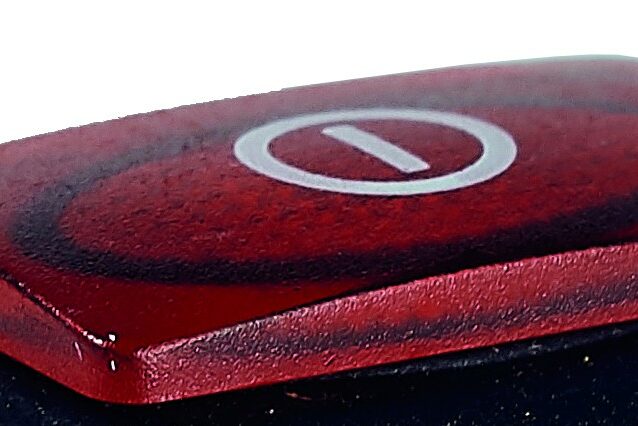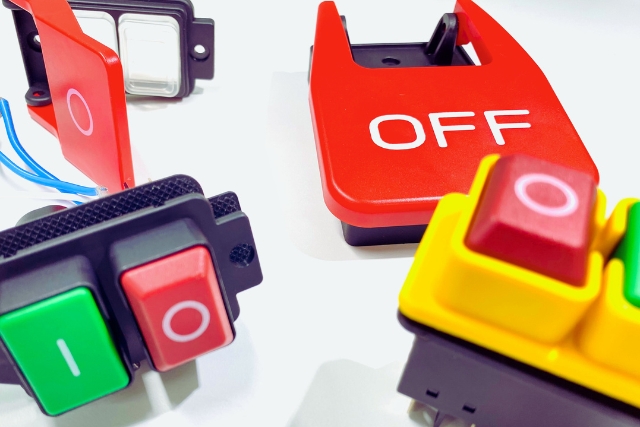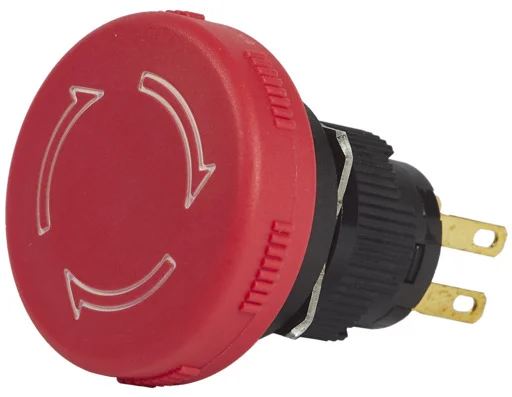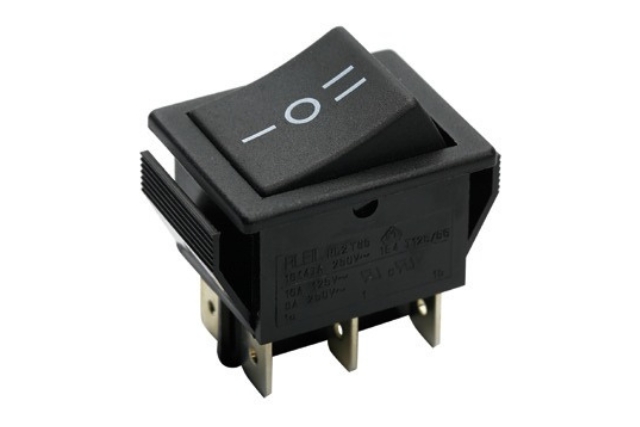In industrial environments, safety and precise control are essential. That's why at M2B Switches we've…

Brief history of the modern switch
Reviewing the history of the switch is synonymous with checking how such an important device has evolved to activate or deactivate an electrical connection. Its most important characteristics are discussed.
When does the story of the switch begin?
When it comes to specifying who invented the switch, it is necessary to remember John Henry Holmes. It was in 1884 when he decided to create what is known today as a modern switch. This product worked with a technology that would allow the current to be interrupted immediately. Additionally, it was a reaction to arc flash switches.
These caused corrosion on one contact and dirt on its opposite. Over time, the switch stopped working and had to be replaced. The arrival of rapid interruption devices meant the use of an item with a long useful life and the creation of the basis for those used today.
Evolution and history of the switch
The evolution of switches is divided into several essential stages. In the early years of the 20th century, only wealthy families had electric lights in their homes. The switches were made of porcelain and were usually outside the wall. It was around 1920 when electric lighting became widespread in homes. In buildings, the cable switch was used, which meant that a rope had to be pulled to raise a cam that interrupted the current.
Later, the use of porcelain was changed to brass and the devices were also embedded in the wall. The button switch was then created, which must be pressed both to have the supply and to cut it off. It is still in full force in the industry.
It was not until the 60s of the last century when they began to be manufactured in Bakelite. Starting in the 1980s, plastic, especially PVC, gained prominence thanks to its adaptability and competitive price. This is when the so-called ship switch is sold. It consists of an oscillating piece that is pressed to turn the light on or off. It is the most widespread until the first decade of the 21st century and continues to be used.
The future of the switch
The fourth type of switch emerged in the second decade of this century and is classified as intelligent. It does not contain a switching structure and is usually flat. When connected to the Internet, it is possible to activate it using another device such as a mobile phone. It allows you to select the light intensity and can also be used for industrial wiring. Its installation is expected to become widespread in a few years and will represent a true revolution for homes and businesses.
At M2B Switches, a leading company in the electrical products sector, it is committed to converting its social networks into a source of consultation on both the history of the switch and the current situation in its market niche. Simply consult the available catalogue, or make a query about any item, to confirm its professionalism.



